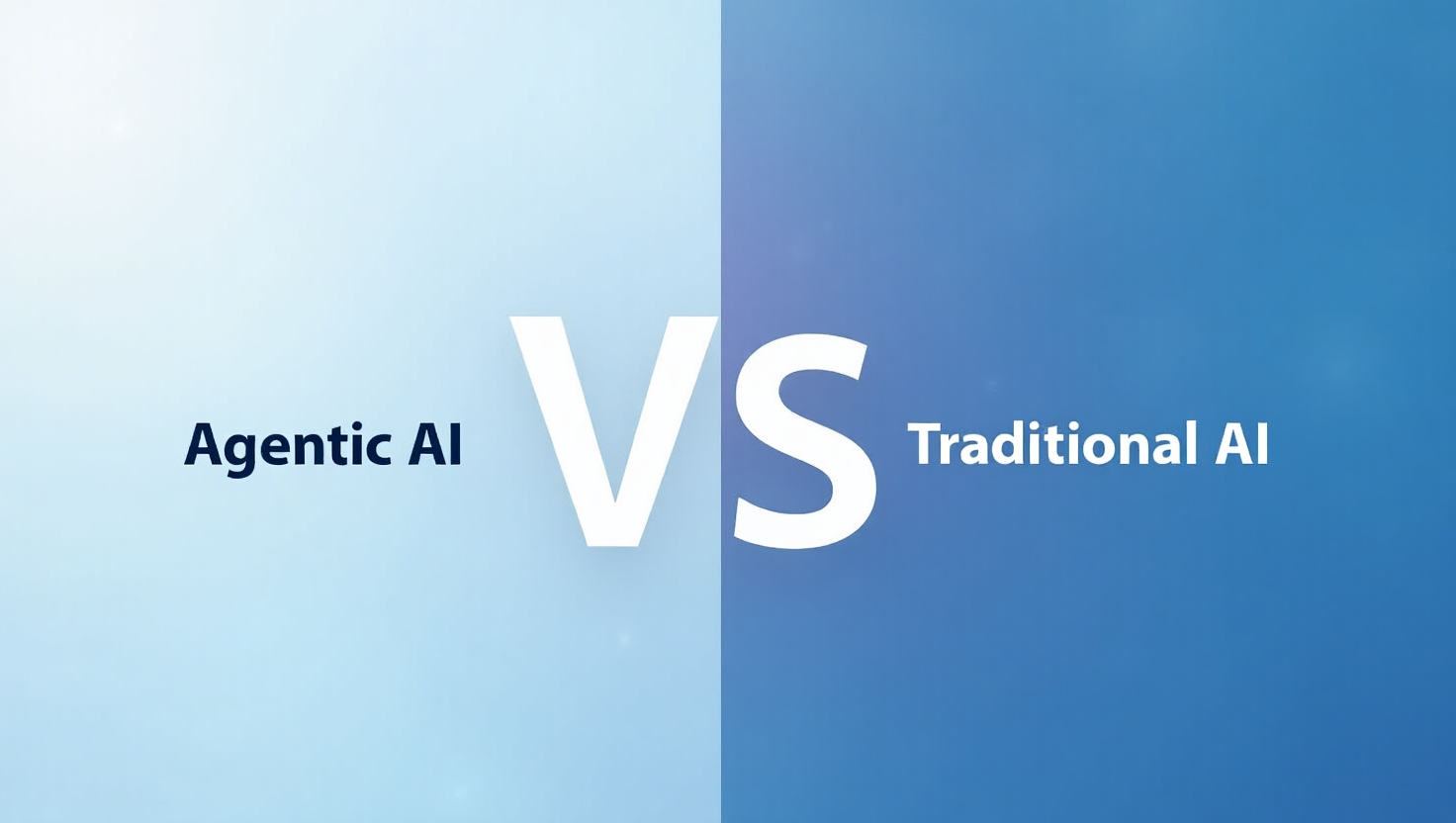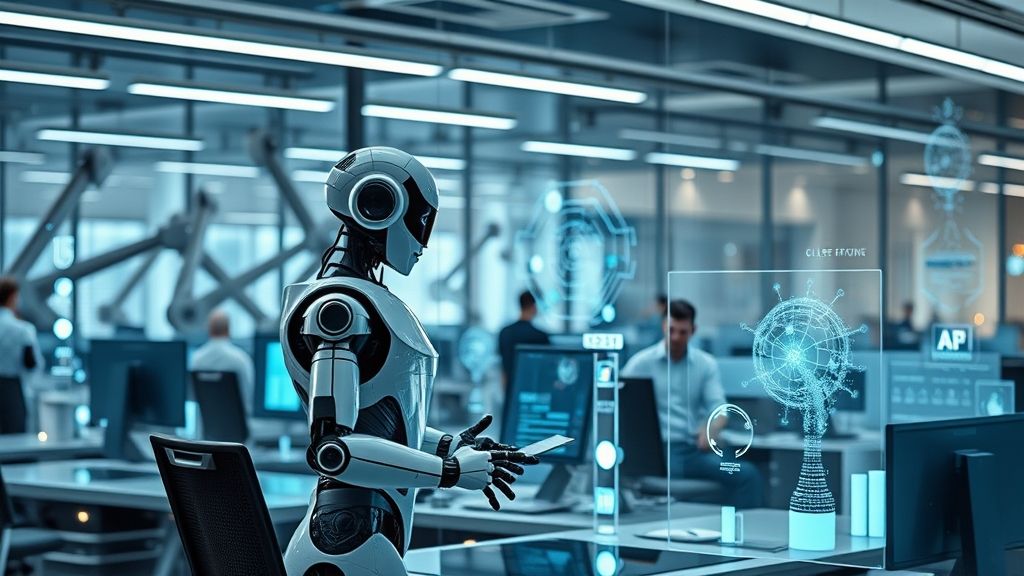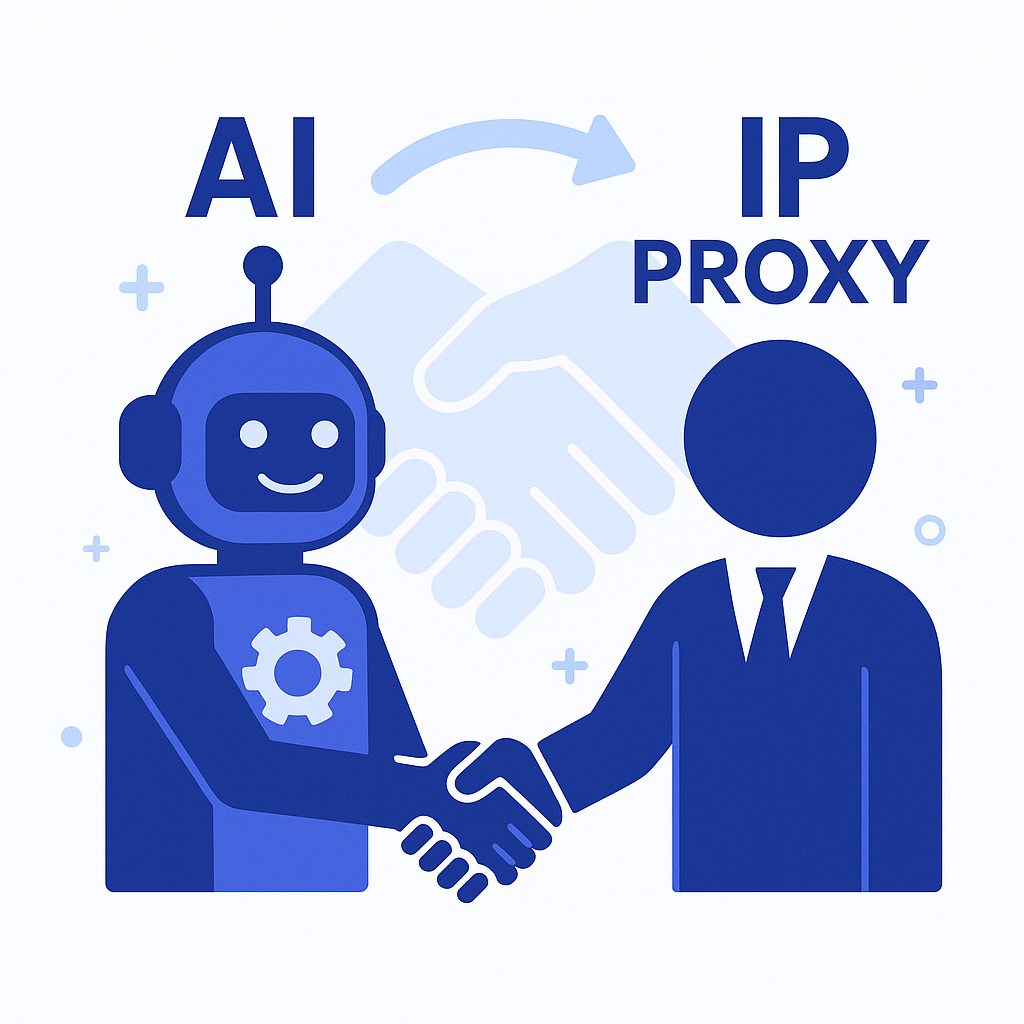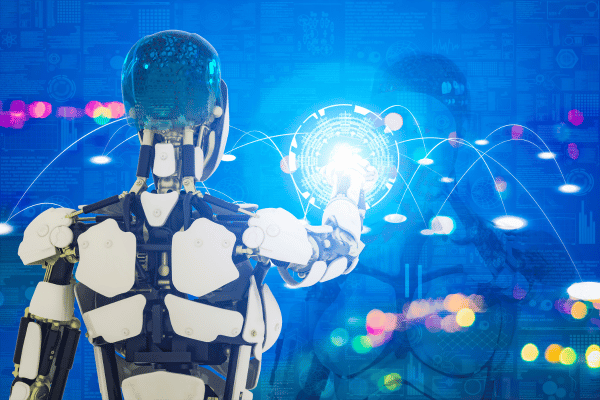Agentic AI vs Traditional AI: What’s the Real Difference?

Strong 8k brings an ultra-HD IPTV experience to your living room and your pocket.
Let’s be real: AI is everywhere right now. It’s in your phone, in your car, running your favorite app, and probably helping your office run smoother, too. But here’s something not everyone’s talking about—Agentic AI. It’s like the new, evolved cousin of traditional AI. And it’s changing the way machines behave in a big way.
So, what’s the real deal between Agentic AI and the traditional AI we’ve known for years? Let’s break it down in a way that actually makes sense.
Traditional AI: The Reliable Rule Follower
Picture traditional AI as the super-smart student who always follows the syllabus. It’s trained to do one thing really well, and it does it without getting distracted. Whether it’s recommending the next show to binge, scanning invoices, or predicting weather patterns—it sticks to what it knows.
This kind of AI works based on past data. It sees a pattern, learns it, and applies it again and again. But it doesn’t think for itself. You give it data, it gives you answers. Simple. Safe. But kinda limited.
It’s perfect for:
- Forecasting sales or traffic
- Sorting emails into folders
- Flagging suspicious activity in finance
- Running chatbots with set scripts
But here’s the catch: it doesn’t do anything unless you tell it to. It’s like a really smart assistant who never takes initiative.
Agentic AI: The Independent Problem Solver
Now, Agentic AI? That’s a different vibe altogether. It’s more like a teammate who doesn’t just sit around waiting for instructions—it sees what’s happening, thinks things through, and acts. All on its own.
It can spot a problem, figure out what needs to be done, do it, and even learn from how it went. It doesn’t just respond—it initiates. That’s why it’s called “agentic.” These systems have agency. They operate independently, make decisions based on goals, and can improve over time.
They’re used in places like:
- IT service management (spotting and fixing issues without human help)
- HR (automating onboarding or policy rollouts)
- DevOps (testing code and deploying fixes)
- Finance (catching fraud and filing reports)
Agentic AI isn’t just smarter—it’s proactive.
So, What Really Sets Them Apart?
Let’s make this simple.
Traditional AI is reactive. It needs input. It doesn’t act unless asked. It’s amazing for automating repetitive tasks that don’t change much.
Agentic AI is proactive. It monitors, reasons, decides, and acts—sometimes without any human asking it to. It’s better suited for complex, ever-changing environments.
Traditional AI works like: “You tell me the rules, I’ll follow them.”
Agentic AI works like: “I understand the goal, and I’ll figure out the best way to get there—even if something changes midway.”
That’s a huge leap in intelligence, flexibility, and usefulness.
How Agentic AI Actually Works
It runs in what’s called a perception-reasoning-action loop. Sounds fancy, but it’s really just this:
- It notices what’s happening (perception)
- It thinks about what to do (reasoning)
- It does something (action)
- Sometimes, it even learns and gets better next time
It might pull data from logs, APIs, or sensors. Then it checks a knowledge base or a set of rules. Based on that, it decides on the smartest action. And if it’s got machine learning built-in? It uses feedback to improve the loop over time.
Types of AI Agents
Not every agentic system is the same. Some are simple. Some are seriously advanced. A few common types:
- Simple Reflex Agents: Think "if X happens, do Y." Super fast, but not too smart.
- Model-Based Agents: Track what’s been going on over time. A bit more thoughtful.
- Goal-Based Agents: These plan ahead to reach a specific goal.
- Utility-Based Agents: They weigh all the options and pick what’s most valuable.
- Learning Agents: They actually evolve. The more they work, the better they get.
Sometimes businesses even use hybrid agents—a mix of the above to handle really complex jobs.
Why Agentic AI Matters Right Now
We live in a world of endless notifications, systems, tickets, and tasks. Humans are amazing—but we can’t keep up with everything all the time. That’s where Agentic AI shines.
It helps businesses:
- Respond to incidents before someone complains
- Free up teams from boring, repetitive tasks
- Keep improving through learning
- Stay ahead without burning out staff
This is especially game-changing in IT service management, DevOps, and customer service, where time and precision matter most.
Things to Watch Out For
Of course, Agentic AI isn’t magic. There are challenges, too.
- Sometimes it gets things wrong—bad decisions can happen
- It needs smart oversight and strong security measures
- Ethics and bias still matter, especially when agents take real-world actions
That’s why implementation needs to be thoughtful. Humans still need to stay in the loop, even with smart agents in play.
Final Thought
Traditional AI had its moment, and it still plays an important role. But Agentic AI is what’s next. It’s smarter, faster, and more independent. And in the right setting, it can transform the way work gets done.
You don’t have to choose one over the other. Many companies use both—traditional AI for stable, predictable work, and agentic systems for dynamic, real-time tasks.
Bottom line? AI is no longer just about “thinking.” With Agentic AI, it’s about “thinking and doing.”
And that changes everything.
Note: IndiBlogHub features both user-submitted and editorial content. We do not verify third-party contributions. Read our Disclaimer and Privacy Policyfor details.







